Giving a new spin to conventional chemical synthesis, a team of researchers from the National University of Singapore (NUS) has developed a way to automate the production of small molecules suitable for pharmaceutical use. The method can potentially be used for molecules that are typically produced via manual processes, thereby reducing the manpower required.
Tag: Chemistry
A new ‘gold standard’ compound for generating electricity from heat
Researchers show in a new study that a single material, a layered crystal consisting of the elements rhenium and silicon, turns out to be the gold standard of transverse thermoelectric devices.
Surge in Nitrogen Has Turned Sargassum into the World’s Largest Harmful Algal Bloom
Scientists have discovered dramatic changes in the chemistry and composition of Sargassum, floating brown seaweed, transforming this vibrant living organism into a toxic “dead zone.” Results suggest that increased nitrogen availability from natural and anthropogenic sources, including sewage, is supporting blooms of Sargassum and turning a critical nursery habitat into harmful algal blooms with catastrophic impacts on coastal ecosystems, economies, and human health. Globally, harmful algal blooms are related to increased nutrient pollution.
ALS Research Partnership Showing Promising Results
Research on a potential therapy for amyotrophic lateral sclerosis (ALS) that’s taking place in a University at Albany chemistry lab is showing promising results.
Distinguished Electrochemist Marc Koper Receives the ECS Allen J. Bard Award in Electrochemical Science
The Electrochemical Society (ECS) honored Marc Koper, Professor of Surface Chemistry and Catalysis at Universiteit Leiden, Netherlands, with the 2021 ECS Allen J. Bard Award in Electrochemical Science. He will deliver his Award Address, “Electrochemistry of Platinum: New Views on an Old Problem,” at the 239th ECS Meeting with IMCS18. The address can be seen live online at 0900h EDT, Thursday, June 3, after which it will be available through June 26, 2021. There is no cost to participate, however pre-registration is required.
Recycling Gives New Purpose to Spent Nuclear Fuel
PNNL researchers developed an innovative capability to rapidly separate, monitor, and tightly control specific uranium and plutonium ratios in real-time—an important achievement in efficiently controlling the resulting product and safeguarding nuclear material.
Cancer has ripple effect on distant tissues
A new study with zebrafish shows that a deadly form of skin cancer — melanoma — alters the metabolism of healthy tissues elsewhere in the body. The research from Washington University in St. Louis suggests that these other tissues could potentially be targeted to help treat cancer.“Tumors rely on a constant supply of nutrients to grow.
Water Clusters Control Zeolite Reactivity
Computational results clarify the role water plays in the reactivity of a widely used class of porous oxide catalysts.
Clingy Copper Ions Contribute to Catalyst Slowdown
PNNL scientists, working with researchers at Washington State University and Tsinghua University, discovered a mechanism behind the decline in performance of an advanced copper-based catalyst. The team’s findings, featured on the cover of the journal ACS Catalysis, could aid the design of catalysts that work better and last longer during the NOx conversion process.
Energy for the Long Run
Physical chemist Marcel Baer brings meticulous care to understanding how energy moves through molecules.
Scientists develop better way to block viruses that cause childhood respiratory infections
By engineering a short chunk of protein, or peptide, that can prevent the attachment of human parainfluenza viruses to cells, researchers have improved a method in rodent models intended to help keep children healthy.
CUR Chemistry Division Selects 2021 Outstanding Mentorship Awardees
The Chemistry Division of the Council on Undergraduate Research has announced the 2021 recipients of its Outstanding Mentorship Award: Tarek Abdel-Fattah (Christopher Newport University); Fadi Bou-Abdallah (SUNY Potsdam); Loretta Jackson-Hayes (Rhodes College)
ORNL’s superb materials expertise, data and AI tools propel progress
At the Department of Energy’s Oak Ridge National Laboratory, scientists use artificial intelligence, or AI, to accelerate the discovery and development of materials for energy and information technologies.
University of Chicago scientists design “Nanotraps” to catch and clear coronavirus from tissue
Researchers at the Pritzker School of Molecular Engineering (PME) at the University of Chicago have designed a completely novel potential treatment for COVID-19: nanoparticles that capture SARS-CoV-2 viruses within the body and then use the body’s own immune system to destroy it.
Energy on Demand: Learning from Nature’s Catalysts
With quantum chemistry, PNNL scientists are discovering how enzymes such as nitrogenase serve as natural catalysts that efficiently break apart molecular bonds to control energy and matter.
2021 Posters on the Hill Spotlights Exemplary Undergraduate Research Projects for Policymakers, Scholars, and the Public
Via a virtual public poster session on April 28, undergraduate researchers from colleges and universities in 42 states and the District of Columbia will share their research projects in the 2021 Posters on the Hill event, sponsored by the Council on Undergraduate Research.
CUR Health Sciences Division Announces 2021 Mentor Awardees
The Health Sciences Division of the Council on Undergraduate Research announces the 2021 recipients of its Mentor Awards, which honor exceptional mentoring and advising by higher education faculty across all subdivisions of health sciences.
Finding What Makes Catalysts Tick
Computational chemist Samantha Johnson, who is searching for combinations to bolster energy future, is among the PNNL scientists preparing to move into the Energy Sciences Center. The new $90 million, 140,000-square-foot facility, is under construction on the PNNL campus and will accelerate innovation in energy research using chemistry, materials science, and quantum information sciences to support the nation’s climate and clean energy research agenda.

Leonardo da Vinci definitely did not sculpt the Flora bust
“It is machination, it is deception,” said the Director General of the Berlin Royal Museums in his defence when criticized for buying a fake.
Self-Built Protein Coatings Could Improve Biomedical Devices
Fouling is a natural phenomenon that describes the tendency of proteins in water to adhere to nearby surfaces. It’s what causes unwanted deposits of protein to form during some food production or on biomedical implants, causing them to fail. Researchers at Rensselaer Polytechnic Institute are harnessing this process, which is typically considered a persistent challenge, to develop a versatile and accessible approach for modifying solid surfaces.

Davidson College’s Nicole Snyder Elected to CUR Executive Board
Nicole Snyder—professor of chemistry and assistant dean for research and creative works at Davidson College (NC)—has been elected to the Executive Board of the Council on Undergraduate Research (CUR). Representing CUR’s Chemistry Division, Snyder will begin a three-year term on the board in summer 2021.
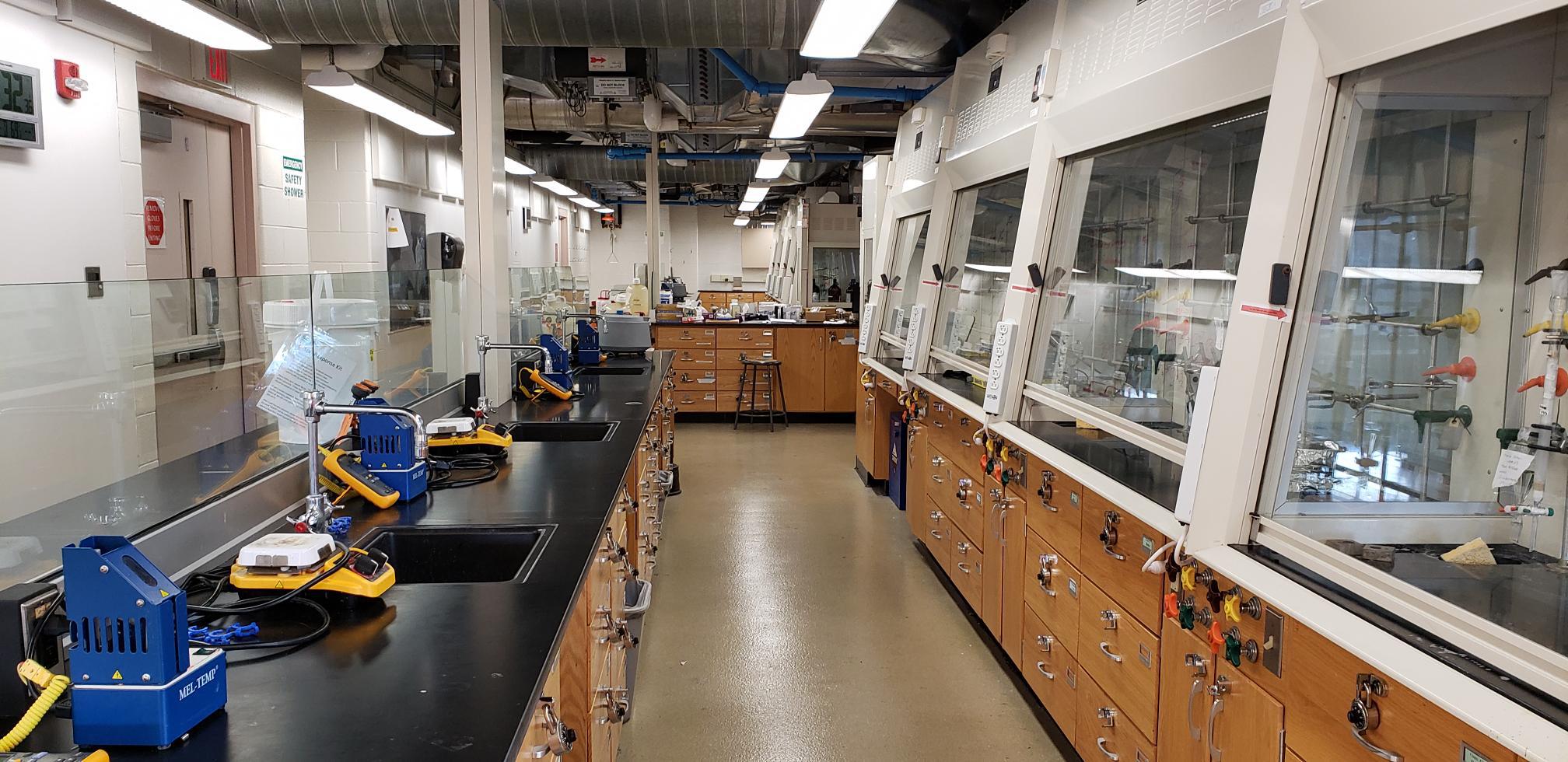
Inspect to protect
Thanks to facility renovations, research innovations and in-class lessons, West Virginia University’s C. Eugene Bennett Department of Chemistry has received the nation’s top undergraduate safety program award in chemistry – for a second time.
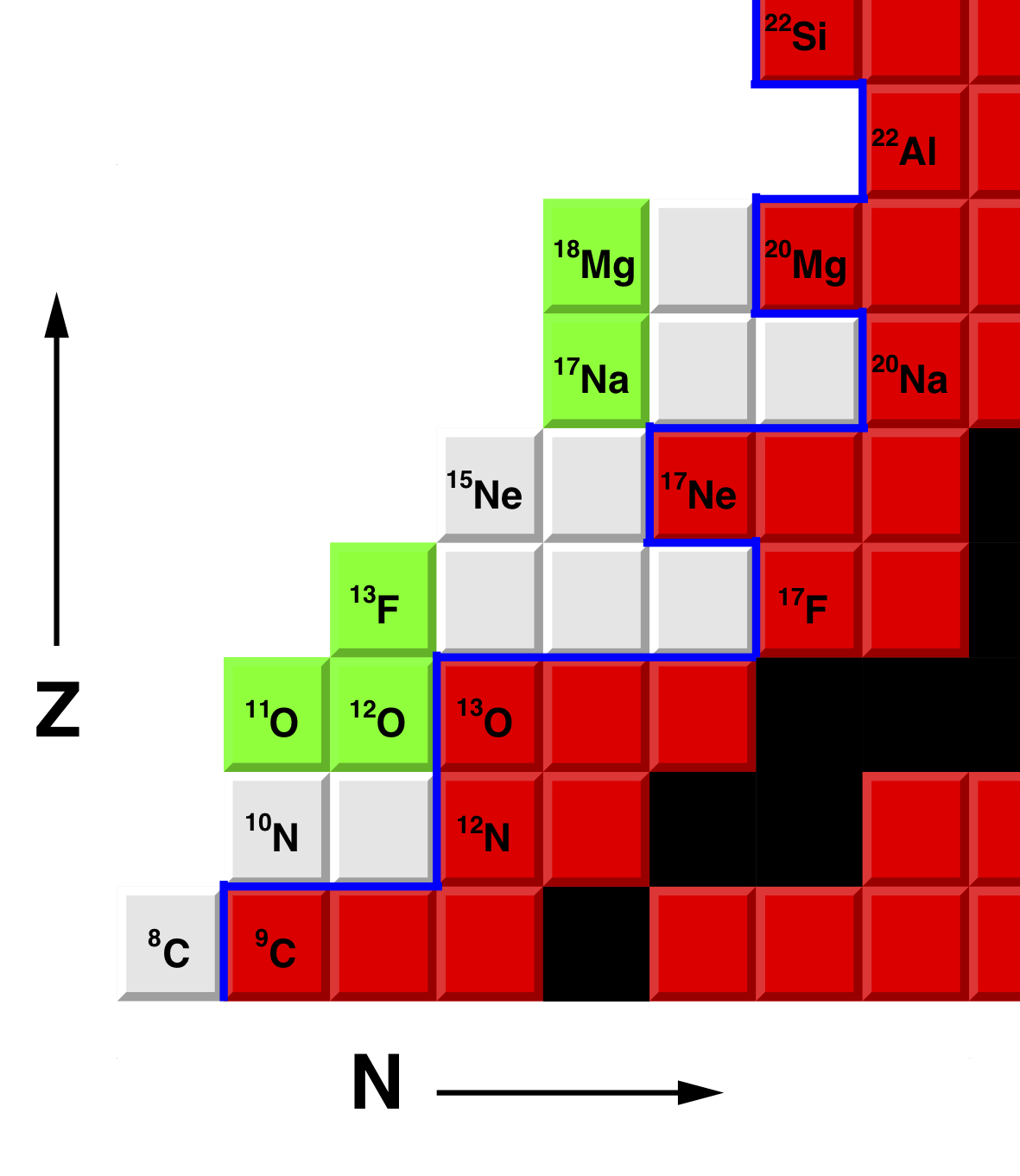
Researchers observe new isotope of fluorine
Researchers at Washington University in St. Louis reported the first observations of a new form of fluorine, the isotope 13F, described March 30 in the journal Physical Review Letters. They made their discovery as part of an experiment conducted at the National Superconducting Cyclotron Laboratory at Michigan State University (MSU).
Revealing Nano Big Bang – Scientists Observe the First Milliseconds of Crystal Formation
At Berkeley Lab’s Molecular Foundry, scientists recruited a world-leading microscope to capture atomic-resolution, high-speed images of gold atoms self-organizing, falling apart, and then reorganizing many times before settling into a stable, ordered crystal.

Dominick J. Casadonte Jr. Selected as 2021 CUR-Goldwater Scholars Faculty Mentor Awardee
Dominick J. Casadonte Jr., Minnie Stevens Piper Professor in the Department of Chemistry and Biochemistry at Texas Tech University, is the 2021 CUR-Goldwater Scholars Faculty Mentor Awardee.
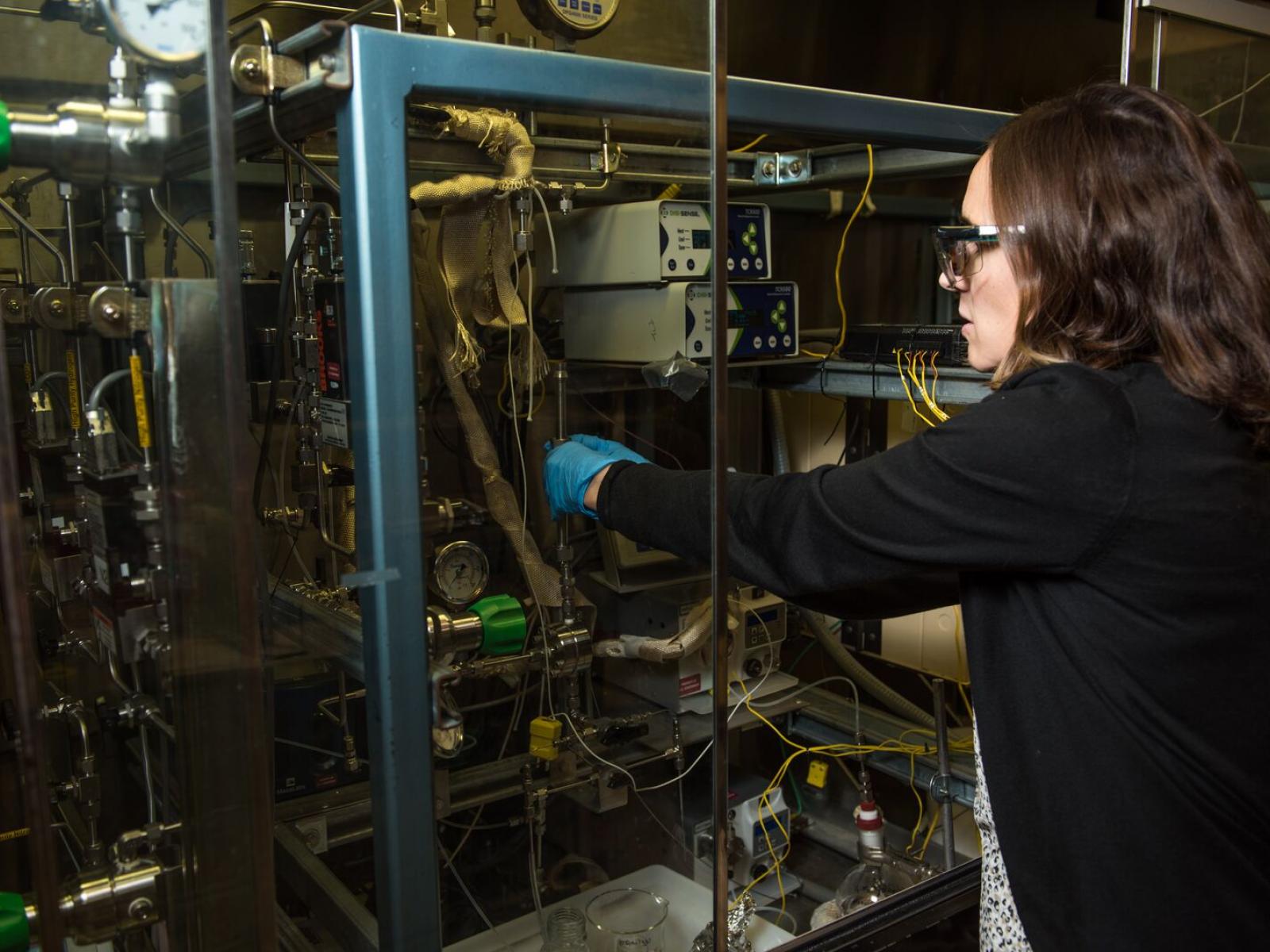
New Clean Energy Process Converts Methane to Hydrogen with Zero Carbon Dioxide Emissions
PNNL, teaming with academia and industry, develops a novel zero-emission methane pyrolysis process that produces both hydrogen and high-value carbon solids.
New method targets disease-causing proteins for destruction
Scientists at the University of Wisconsin–Madison have developed a way to use a cell’s own recycling machinery to destroy disease-causing proteins, a technology that could produce entirely new kinds of drugs.
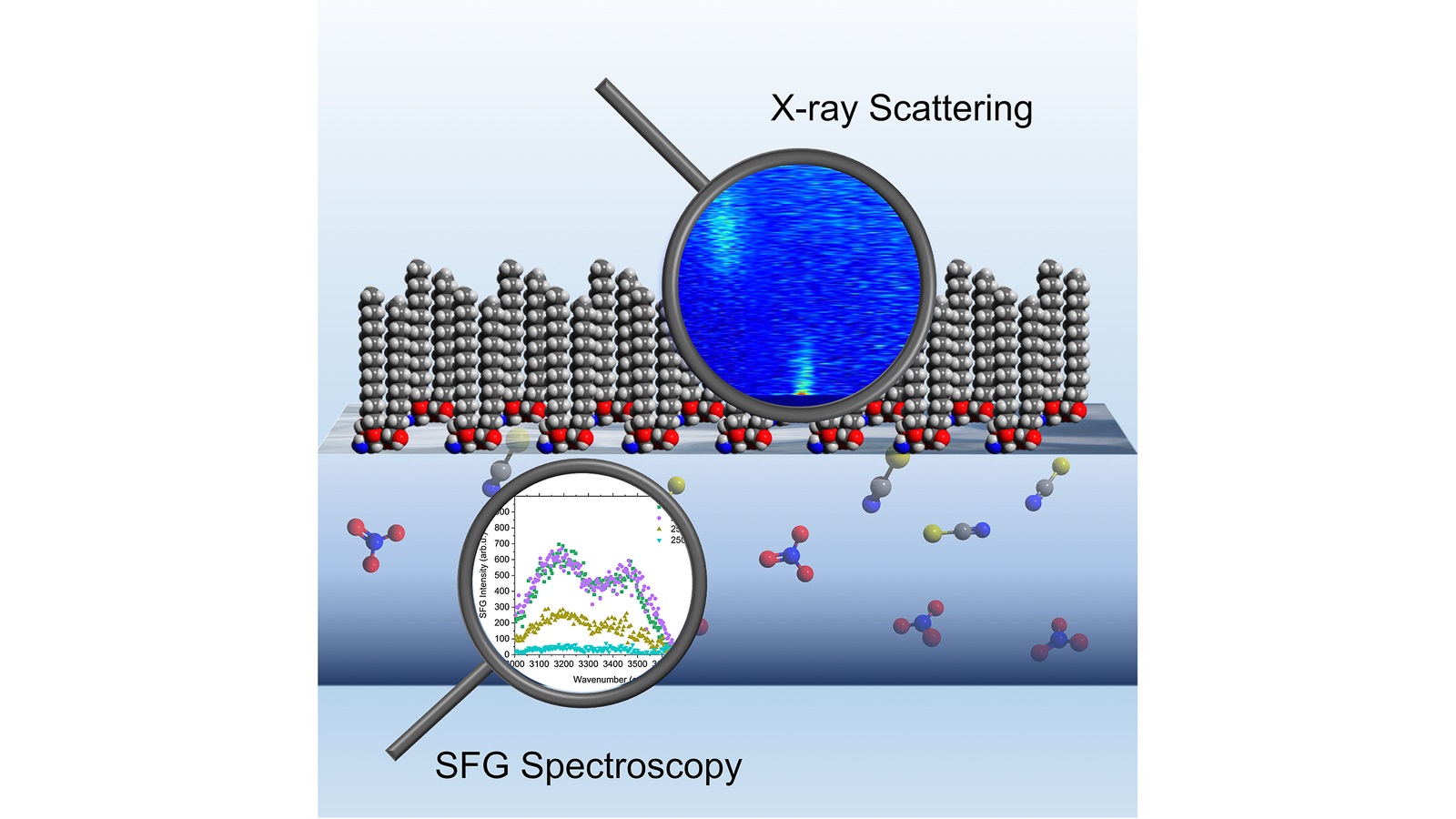
Scientists gain insight into recycling processes for nuclear and electronic waste
Scientists investigate a process that recycles nuclear and electronic waste materials to extend their lifetime and reduce expensive and invasive mining.
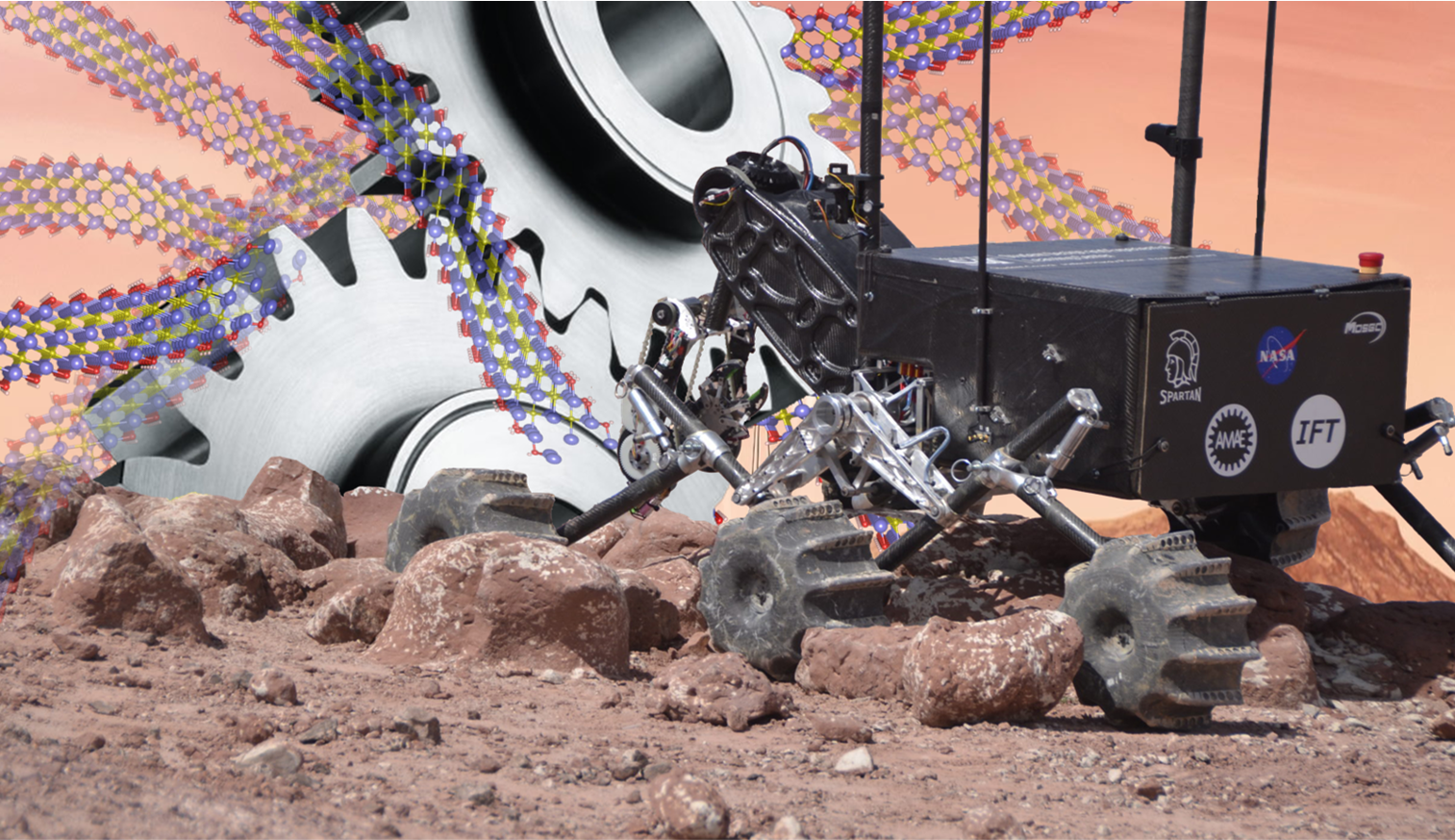
Newly discovered material may ease wear and tear on extraterrestrial vehicles
As NASA’s Mars Perseverance Rover continues to explore the surface of Mars, scientists on Earth have developed a new nanoscale metal carbide that could act as a “superlubricant” to reduce wear and tear on future rovers.Researchers in Missouri S&T’s chemistry department and Argonne National Laboratory’s Center for Nanoscale Materials, working with a class of two-dimensional nanomaterials known as MXenes, have discovered that the materials work well to reduce friction.
Cheaper Carbon Capture Is on the Way
PNNL’s newest solvent captures carbon dioxide from power plants for as little as $47.10 per metric ton, marking a significant milestone in the journey to lower the cost of carbon capture.
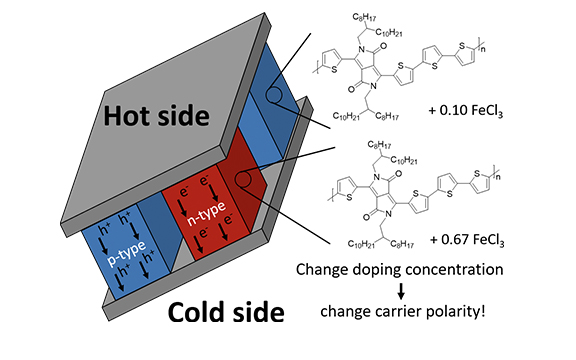
Chemistry Research Leads to Breakthrough in Development of Thermoelectric Devices
The discovery, published in Nature Materials, has potentially transformative consequences for the field.

Bacteria know how to exploit quantum mechanics, UChicago study finds
Photosynthetic organisms harvest light from the sun to produce the energy they need to survive. A new paper published by University of Chicago researchers reveals their secret: exploiting quantum mechanics.
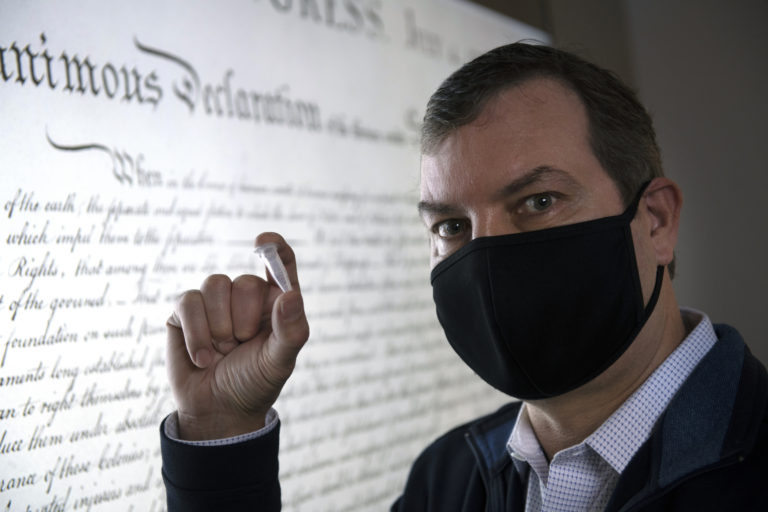
John Chaput can store the Declaration of Independence in a single molecule
Just how much space would you need to store all of the world’s data? A building? A block? A city? The amount of global data is estimated to be around 44 zettabytes. A 15-million-square-foot warehouse can hold 1 billion gigabytes, or .001 zettabyte. So you would need 44,000 such warehouses – which would cover nearly the entire state of West Virginia.
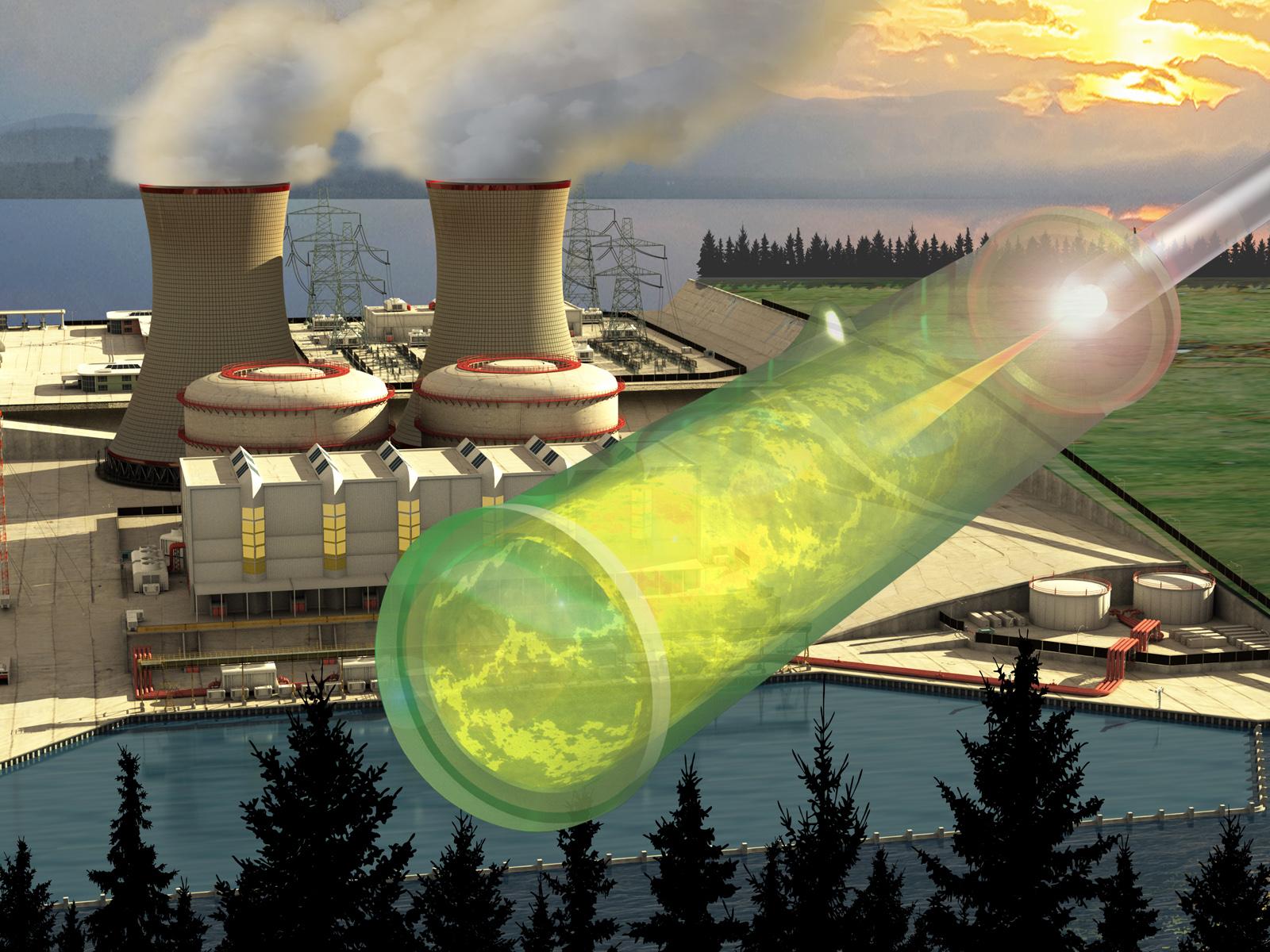
Real-Time Monitoring Tool Speeds Up Advanced Nuclear Reactor Development
Innovative technology combines continuous, remote, real-time testing and monitoring of byproduct gasses, paving the way for faster advanced reactor development and testing.
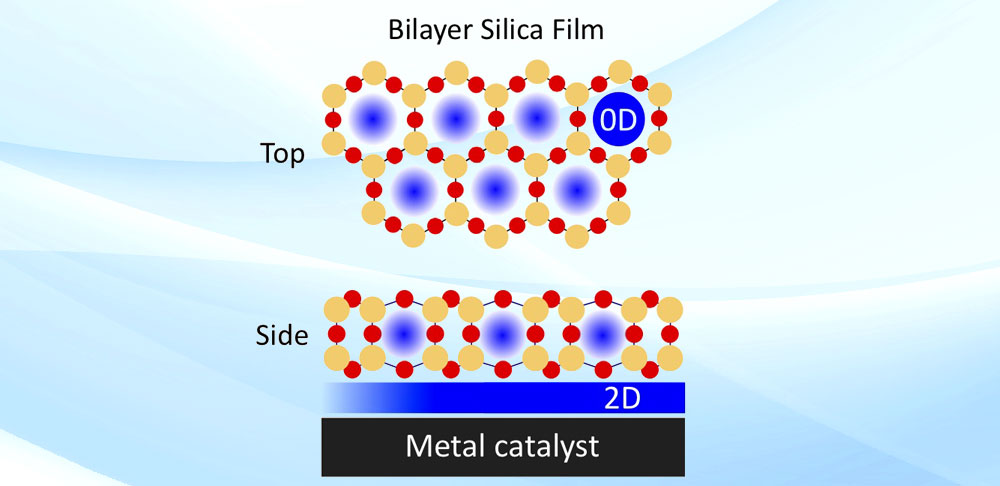
Chemistry Goes Under Cover
Scientists have discovered that physically confined spaces can make for more efficient chemical reactions.
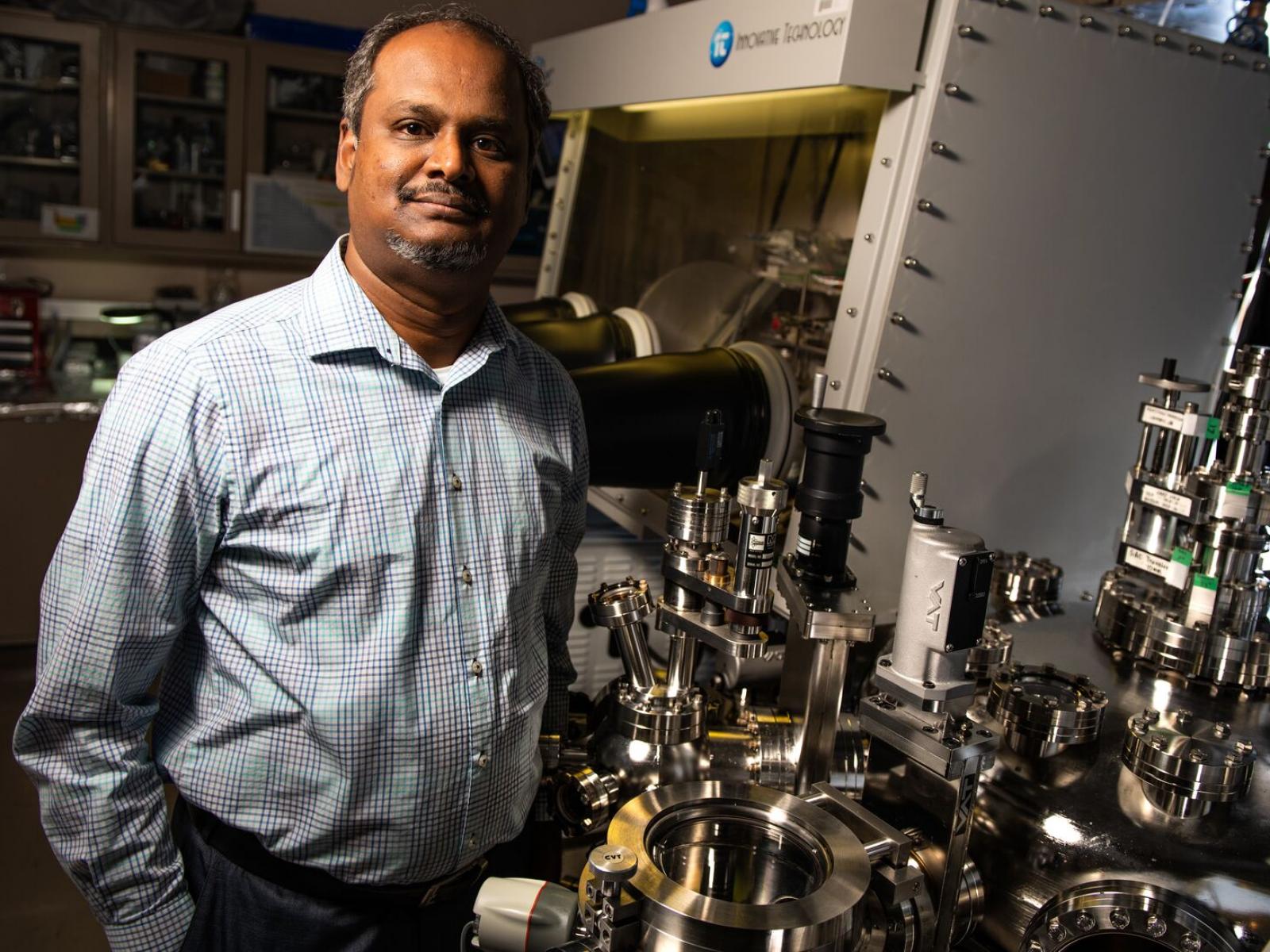
The Right Stuff to Find the Right Materials
As he prepares to enter PNNL’s Energy Sciences Center later this year, Vijayakumar ‘Vijay’ Murugesan is among DOE researchers exploring solutions to design and build transformative materials for batteries of the future.
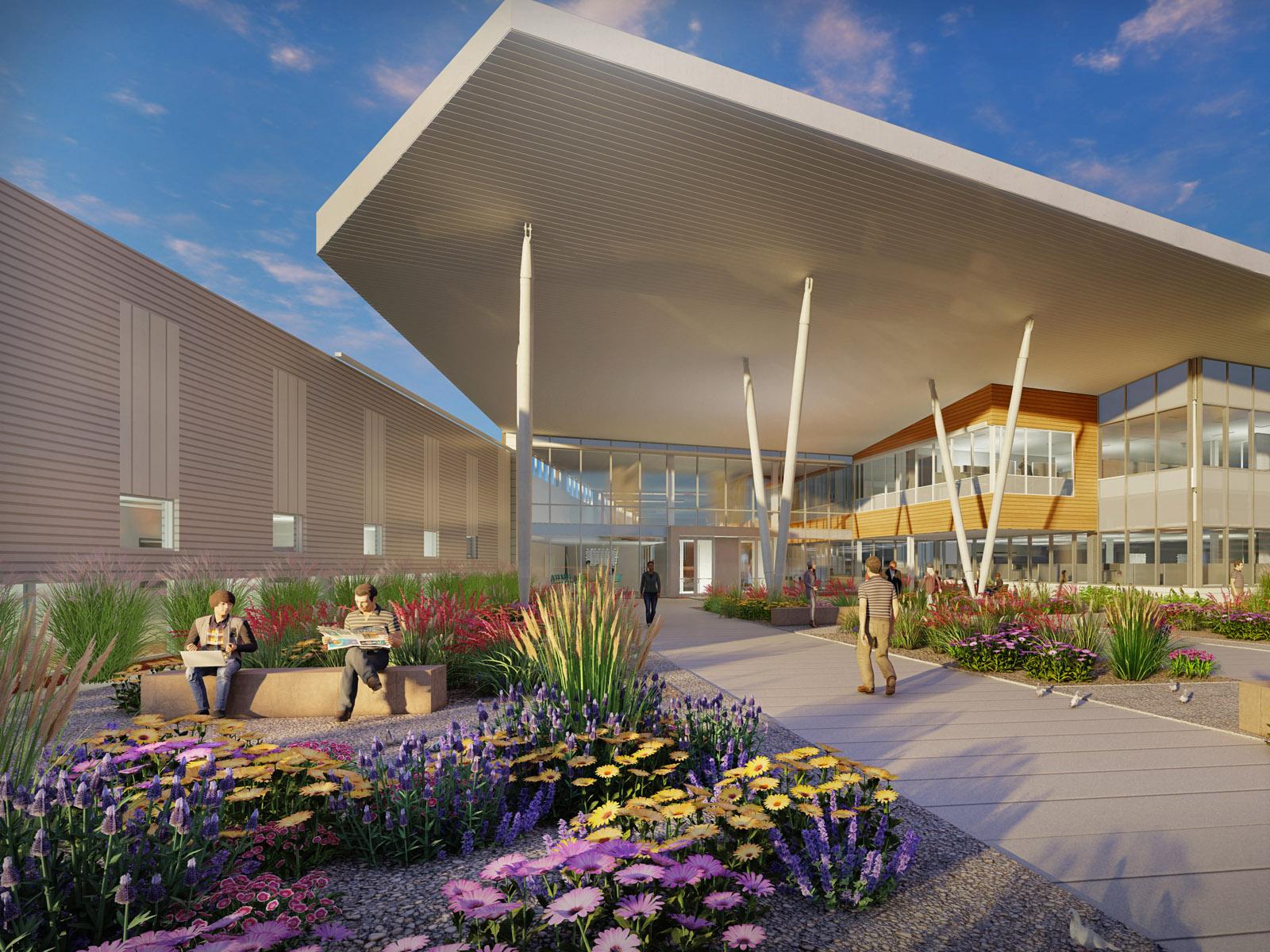
PNNL Energy Sciences Center Will Help Realize Clean Energy Future
New 140,000-square-foot facility will advance fundamental chemistry and materials science for higher-performing, cost-effective catalysts and batteries, and other energy efficiency technologies.
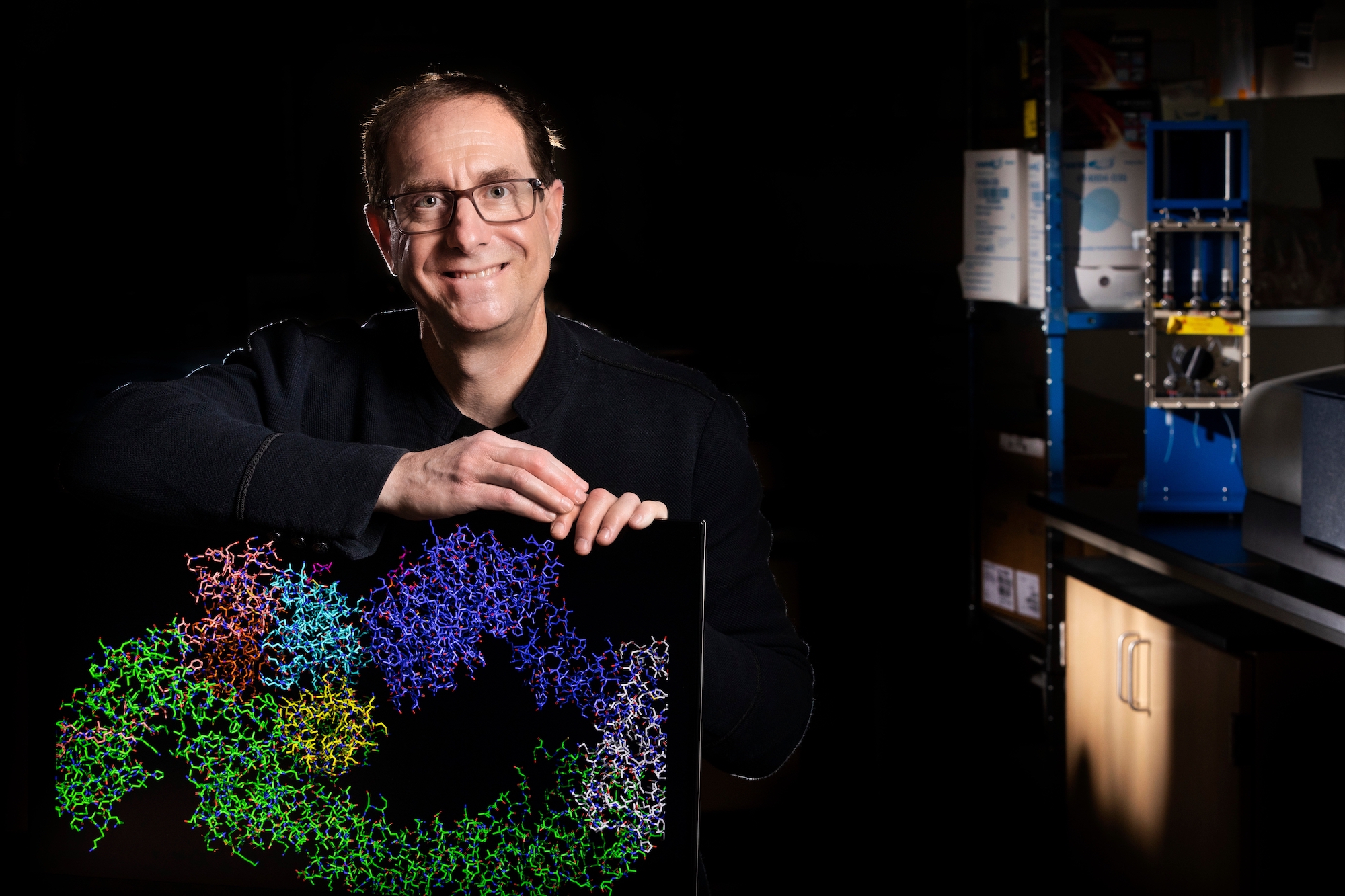
Harnessing the Power of Proteins in our Cells to Combat Disease
A lab on UNLV’s campus has been a hub of activity in recent years, playing a significant role in a new realm of drug discovery — one that could potentially provide a solution for patients who have run out of options.
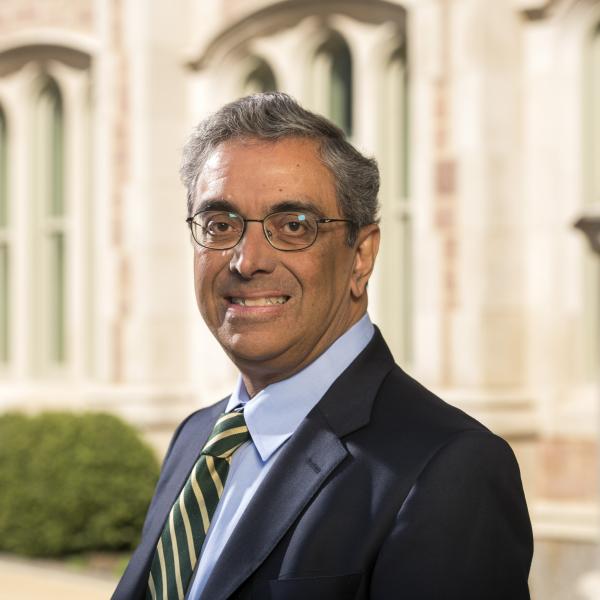
Building a better green workhorse
Biologists at Washington University in St. Louis lead a team awarded $1.7 million from the National Science Foundation to streamline the genome of a cyanobacterium with the goal of developing a green cellular factory for sustainable production of food, feed and fuels.
Study Reveals Platinum’s Role in Clean Fuel Conversion
Scientists at the U.S. Department of Energy’s Brookhaven National Laboratory, Stony Brook University (SBU), and other collaborating institutions have uncovered dynamic, atomic-level details of how an important platinum-based catalyst works in the water gas shift reaction. The experiments provide definitive evidence that only certain platinum atoms play an important role in the chemical conversion, and could therefore guide the design of catalysts that use less of this precious metal.
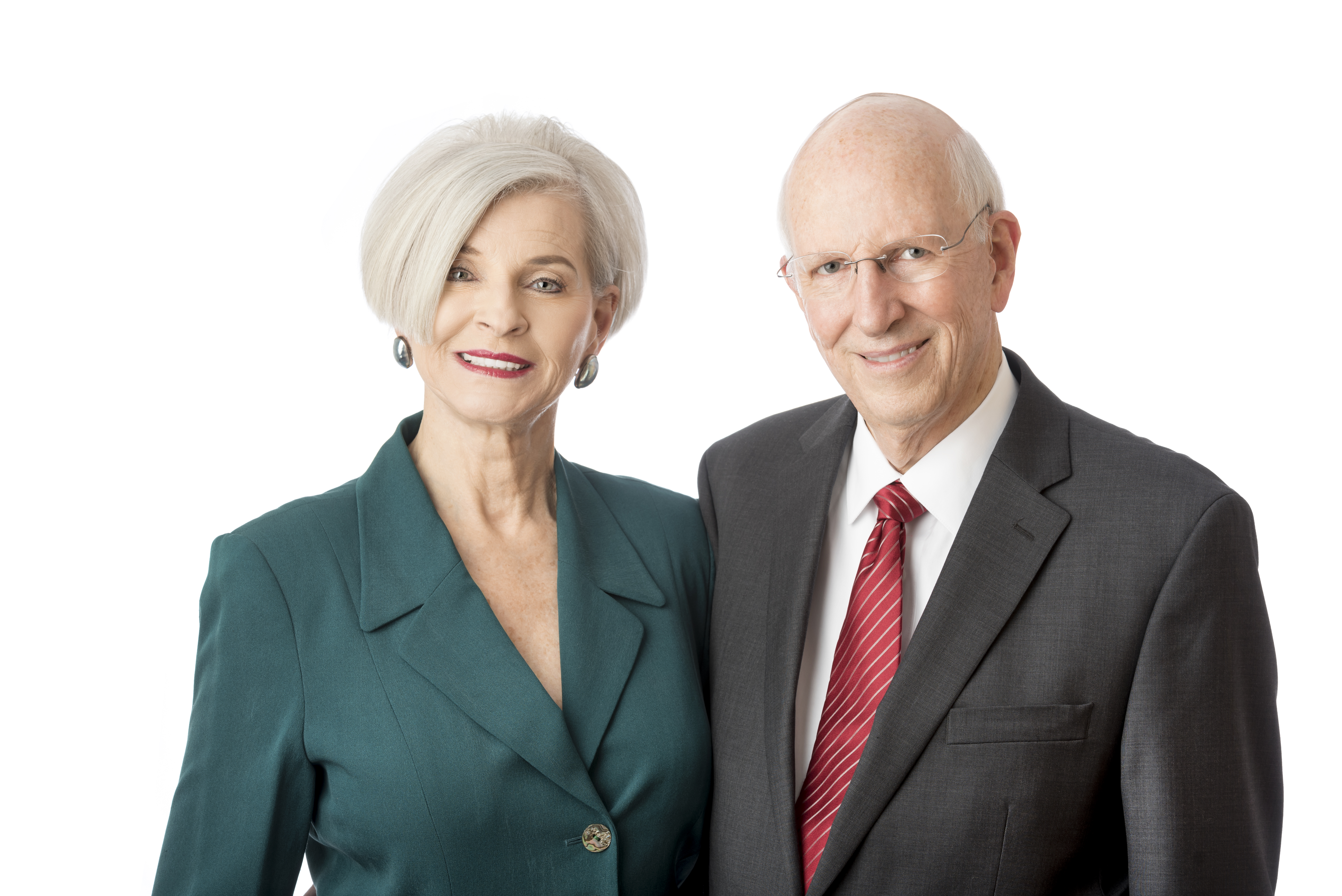
UA Little Rock receives $1 million planned gift from Damerows to support science scholarships
Jerry and Sherri Damerow, longtime supporters of Science, Technology, Engineering, and Mathematics (STEM) education in Arkansas, have made a planned gift of $1 million to support scholarships for science majors at the University of Arkansas at Little Rock. The gift will benefit the Jerry and Sherri Damerow Endowed Science Scholarship, which provides scholarships for students majoring in astronomy, biology, chemistry, mathematics, physics, and Earth Science.
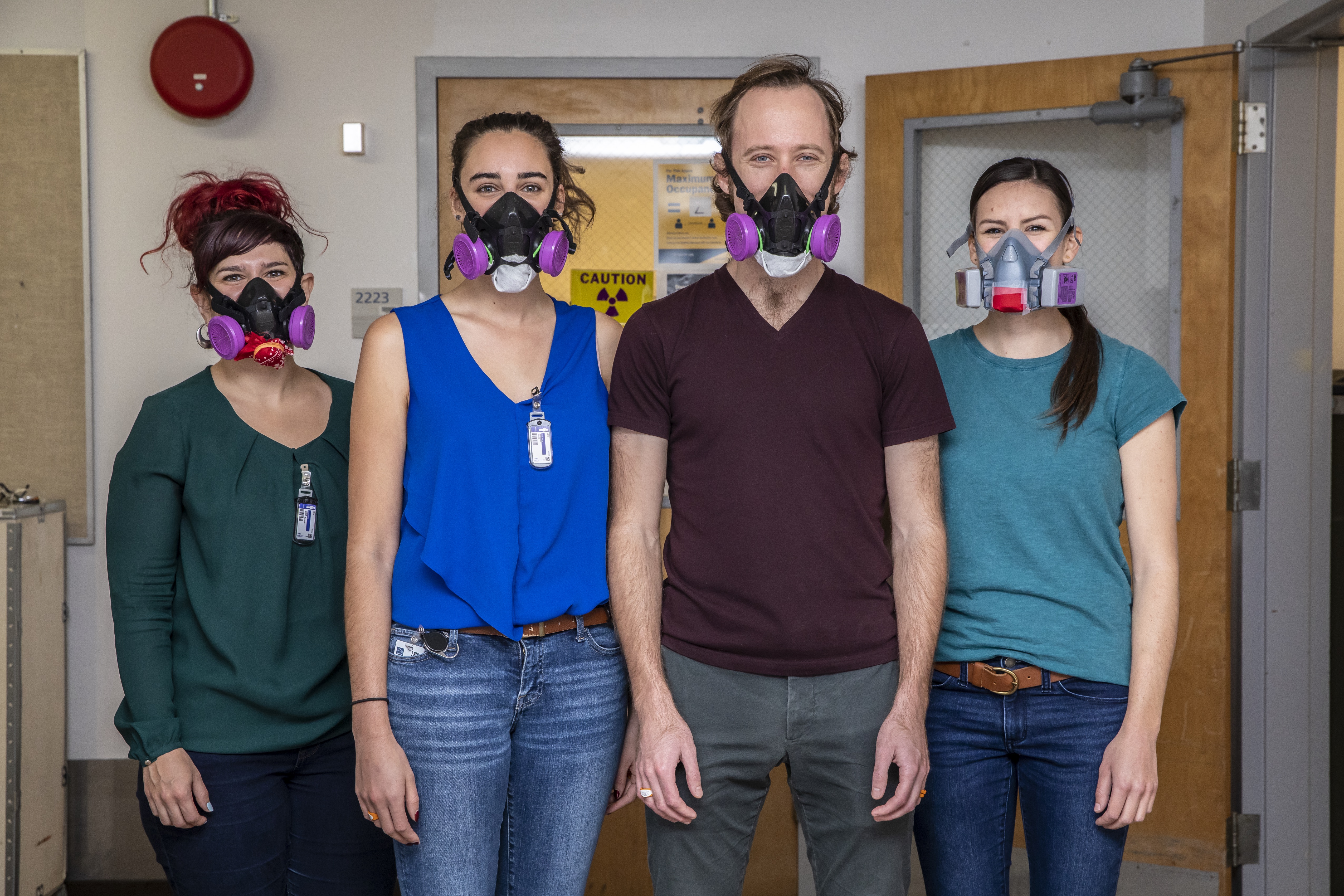
Discoveries at the Edge of the Periodic Table: First Ever Measurements of Einsteinium
Since element 99 – einsteinium – was discovered in 1952 at the Department of Energy’s Lawrence Berkeley National Laboratory (Berkeley Lab) from the debris of the first hydrogen bomb, scientists have performed very few experiments with it because it is so hard to create and is exceptionally radioactive. A team of Berkeley Lab chemists has overcome these obstacles to report the first study characterizing some of its properties, opening the door to a better understanding of the remaining transuranic elements of the actinide series.

Retrained generic antibodies can recognize SARS-CoV-2
An alternative approach to train the immunity response is offered by researchers at the University of Illinois Chicago and California State University at Sacramento who have developed a novel strategy that redirects antibodies for other diseases existing in humans to the spike proteins of SARS-CoV-2.
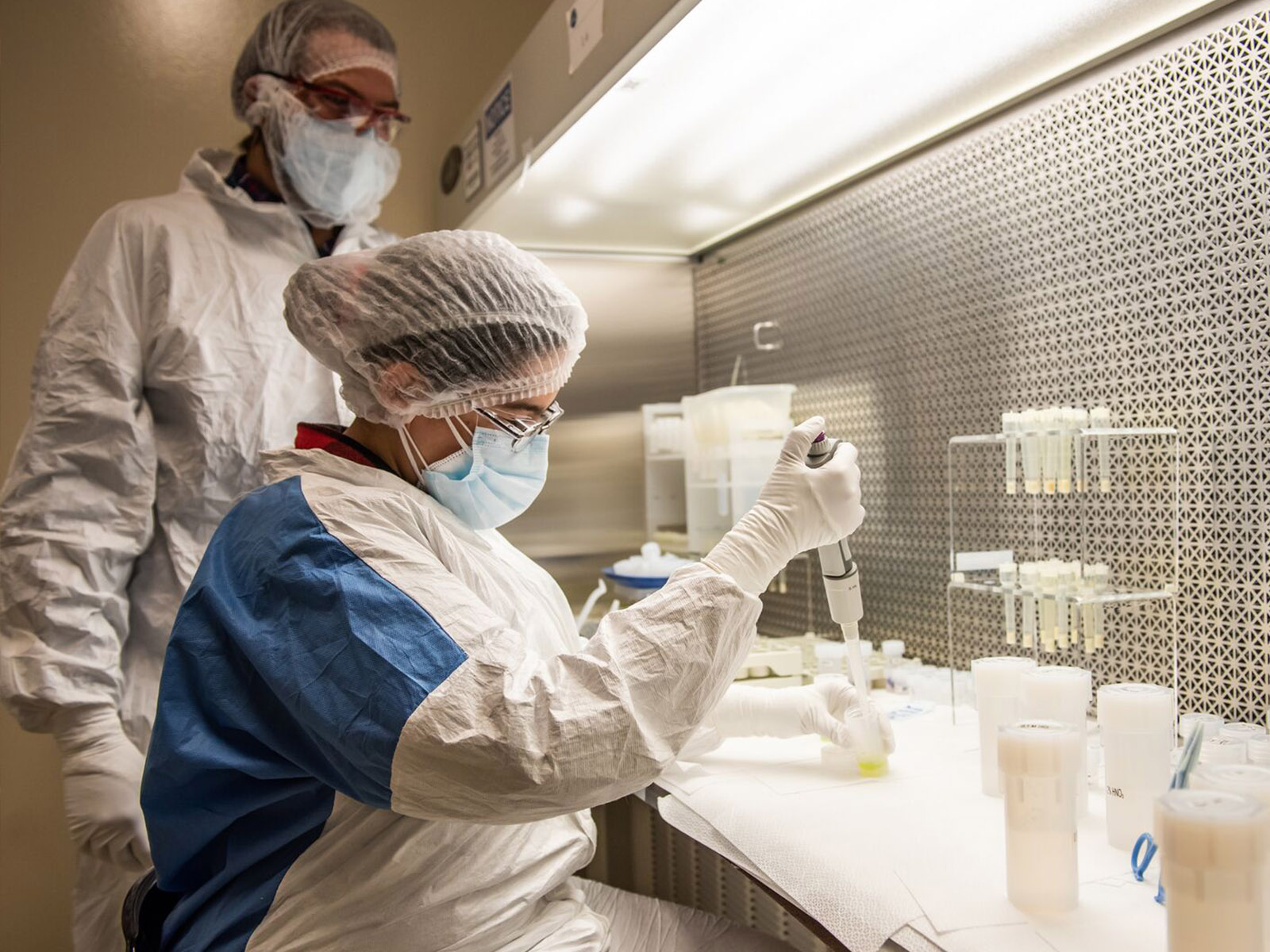
It’s Elemental: Ultra-trace Detector Tests Gold Purity
Ultra-trace radiation detection technique sets new global standard for measuring the nearly immeasurable
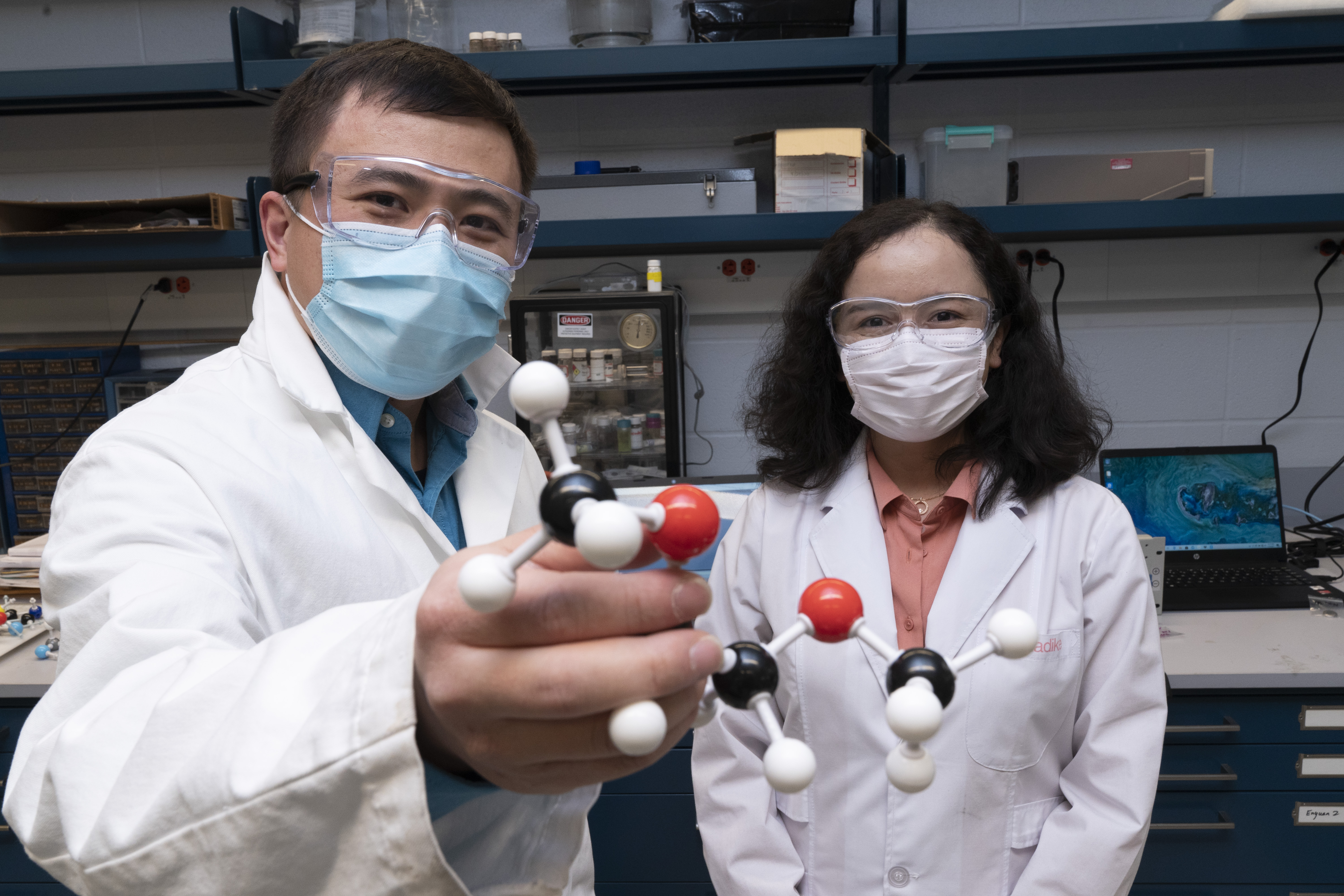
Chemists Settle Battery Debate, Propel Research Forward
UPTON, NY—A team of researchers led by chemists at the U.S. Department of Energy’s (DOE) Brookhaven National Laboratory has identified new details of the reaction mechanism that takes place in batteries with lithium metal anodes. The findings, published today in Nature Nanotechnology, are a major step towards developing smaller, lighter, and less expensive batteries for electric vehicles.

National Ignition Facility conducts first-ever shot with explosives
The first-ever shot to study a high explosive sample was recently conducted at the National Ignition Facility, the world’s most energetic laser. The results from the shot included novel data that will help researchers unlock the mysteries of high-explosive (HE) chemistry and position Lawrence Livermore National Laboratory to continue its legacy as a leader in HE science and diagnostic innovation.
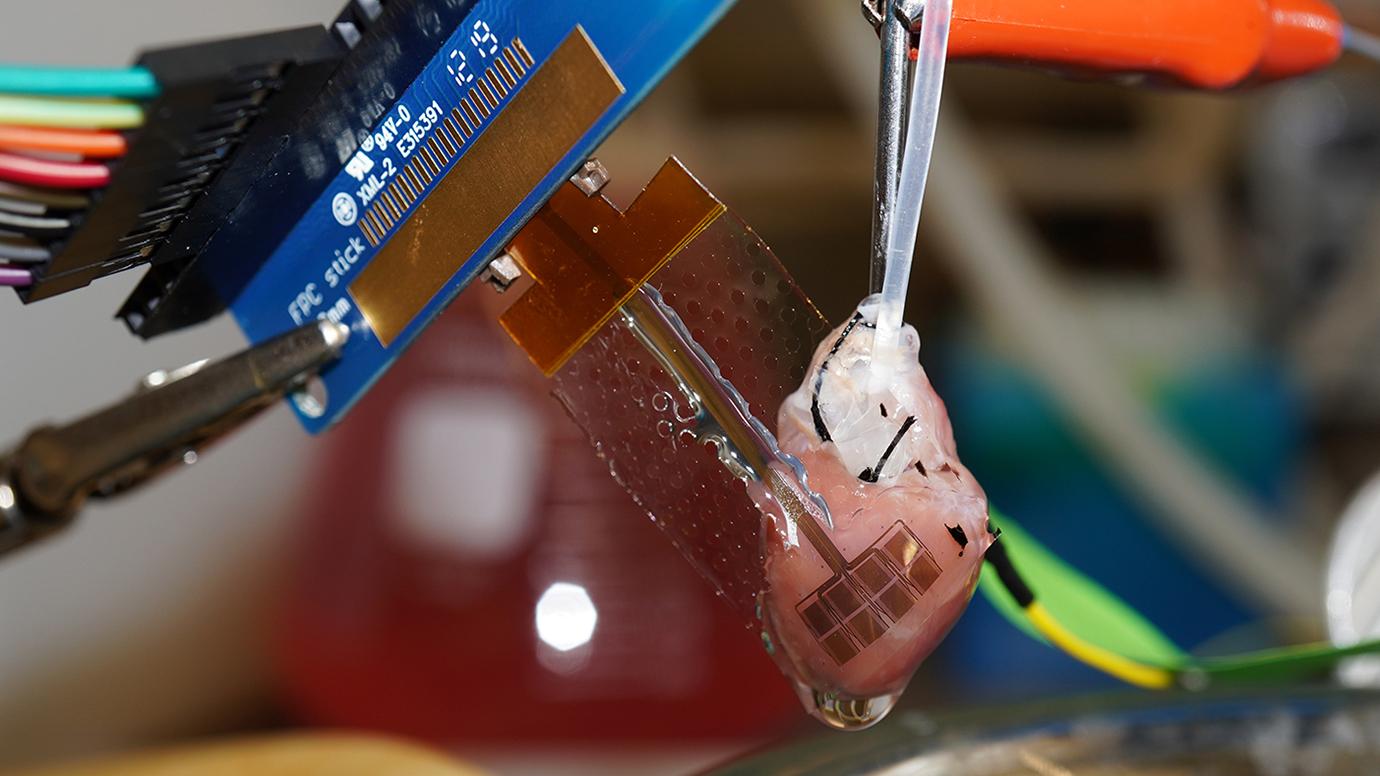
New self-assembly method creates bioelectronics out of microscopic structures
Bringing together soft, malleable living cells with hard, inflexible electronics can be a difficult task. UChicago researchers have developed a new method to face this challenge by utilizing microscopic structures to build up bioelectronics rather than creating them from the top down – creating a highly customizable product.
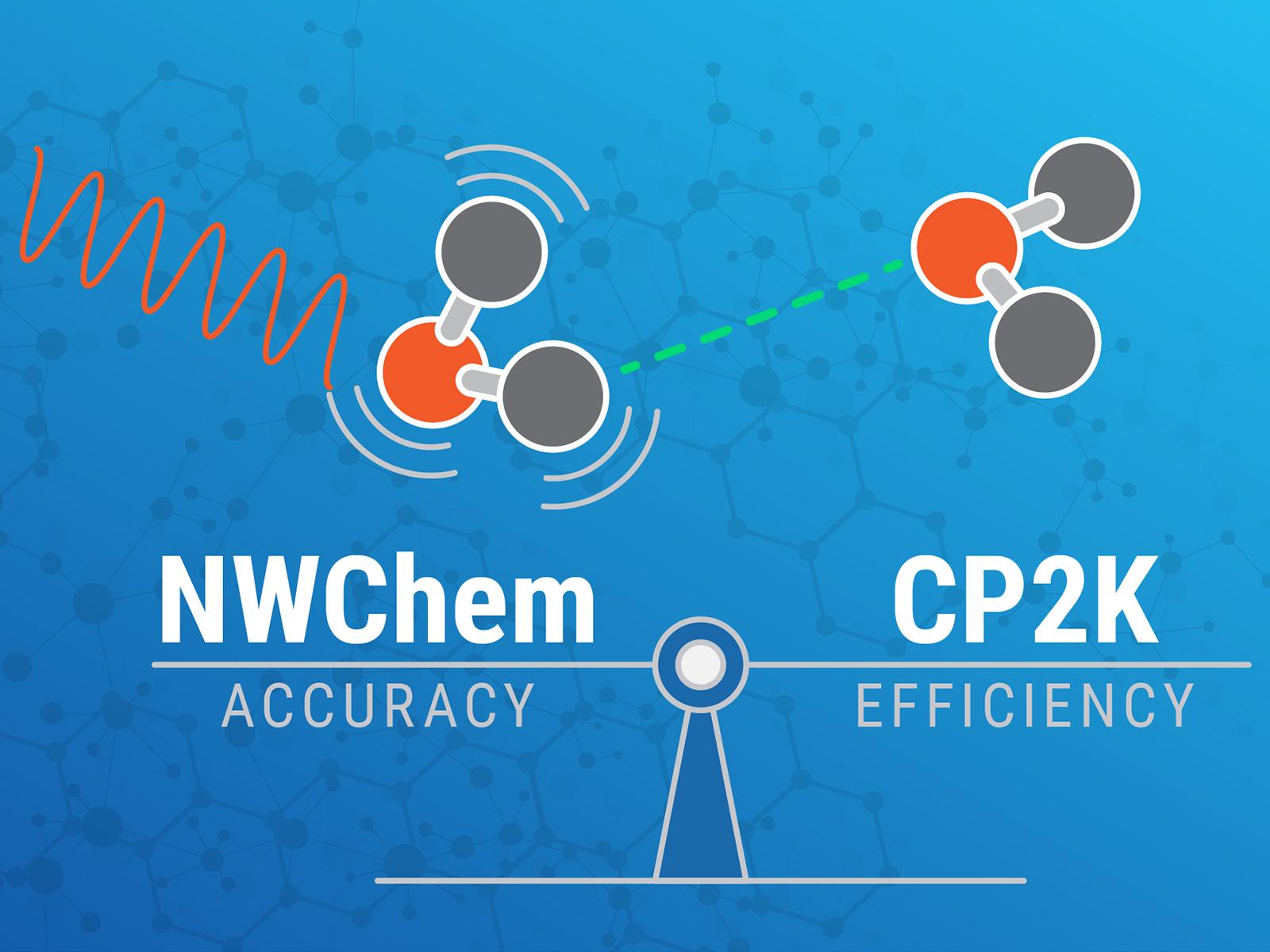
Insights Through Atomic Simulation
A recent special issue in The Journal of Chemical Physics highlights PNNL’s contributions to developing two prominent open-source software packages for computational chemistry used by scientists around the world.

Beamline scientists connect the world’s researchers to the APS
Every successful experiment at the Advanced Photon Source relies on the knowledge and skills of the beamline scientists who enable the research. What makes a good beamline scientist? Four of them weigh in.
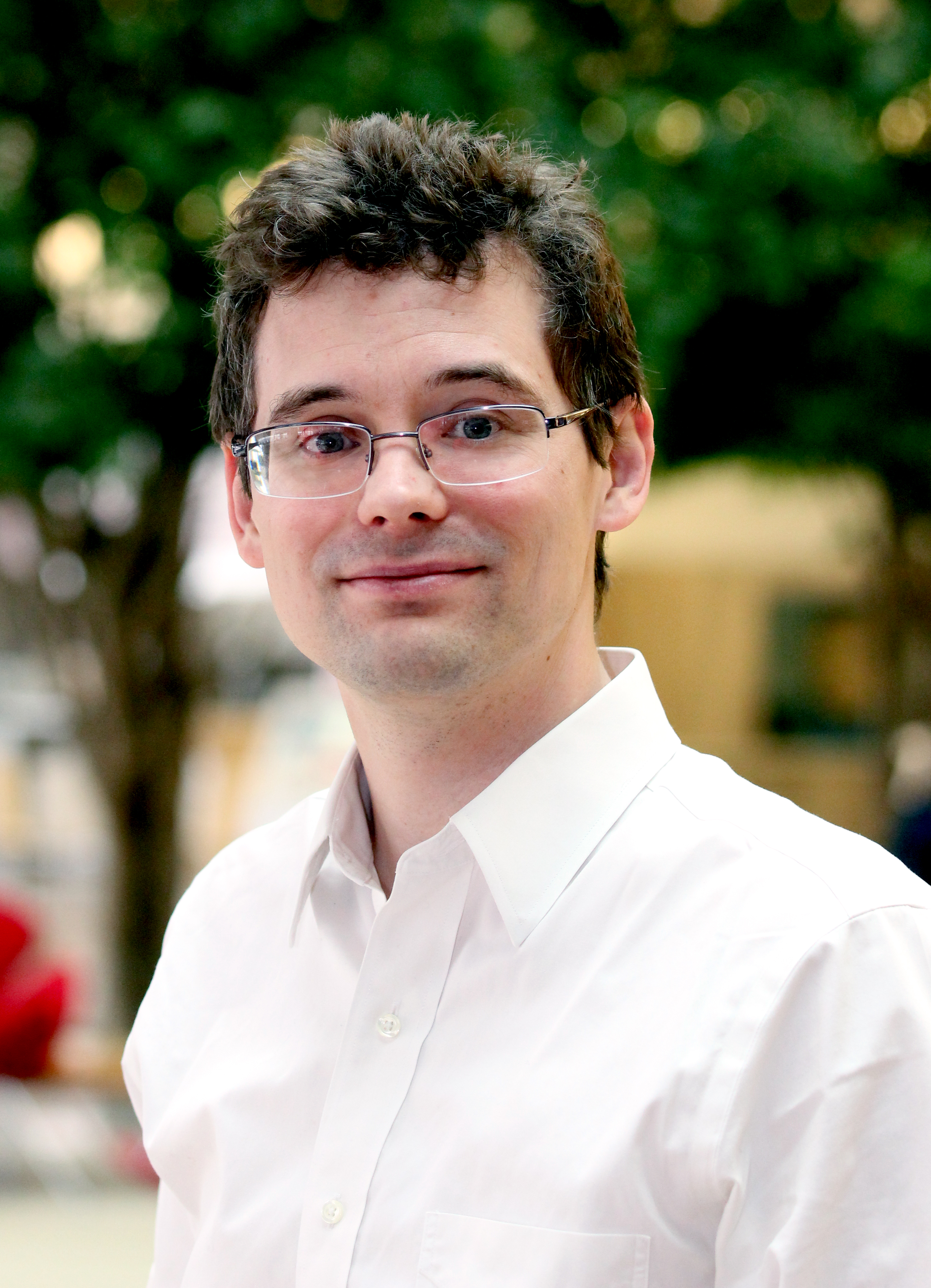
Daniel Fredrickson: Then and Now / 2010 Early Career Award Winner
Daniel Frederickson, a professor in the Department of Chemistry at the University of Wisconsin-Madison, is studying metallics to develop strategies for creating new materials able to merge different functional domains at the nanometer scale.